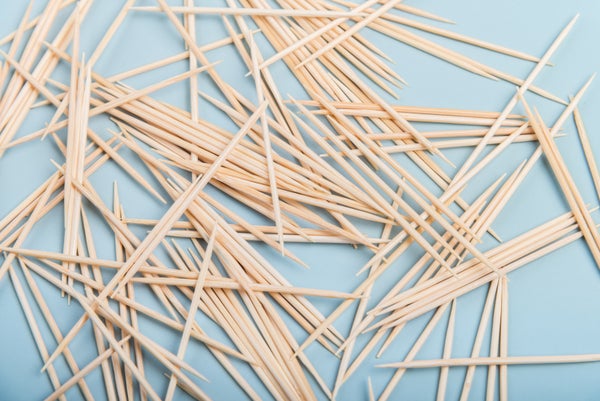This article was published in Scientific American’s former blog network and reflects the views of the author, not necessarily those of Scientific American
The room is pitch black. Every light, from the power button on the computer to the box controlling the microscope, is covered with electrical tape. I feel a gush of air as the high-powered AC kicks on, offsetting the heat emitted from the microscope’s lasers.
I take my mouse out of its cage and get ready to image its brain. I’m wearing a red headlamp so I can see, but it is still quite dim. I peer closely at my lab notebook and note the two positions: –1, +2. I recite them repeatedly in a hushed tone, so I don’t forget; it is 1 A.M., after all. I hook the mouse up to the stage of the microscope and then use my handy toothpick to make sure its head position is correct.
While there are many unsung heroes of science—veterinarians, lab technicians, graduate students (I might be a bit biased with this one!)—these aren’t the ones I’m talking about. I’m talking about a toothpick that played a significant role in my research project.
On supporting science journalism
If you're enjoying this article, consider supporting our award-winning journalism by subscribing. By purchasing a subscription you are helping to ensure the future of impactful stories about the discoveries and ideas shaping our world today.
I am lucky enough to have access to a cutting-edge microscope and several other pieces of expensive equipment in my lab. But can also find things you might never guess were used in science: red-light headlamps, black electrical tape, and toothpicks.
Using the microscope, I can take a picture of a mouse’s living, working brain through a literal window: a piece of glass that replaces a small piece of the animal’s skull.
To image the mouse, we affix a plastic bar on the front of its head and then secure the bar to a head-mounting device on the stage under the microscope lens. Using this mount, we can precisely position the head up and down and right to left.
This is where our problem starts.
As neuroscience advances, we’ve grown to appreciate how each individual brain cell plays a vital role in the larger organ. A lot of the nuance is lost, however, when we can’t see what’s happening in each individual cell. But with this specialized setup, we can image the same cells in the brain across several days, allowing us to follow each one’s activity over time.
We did one round of experiments, and though we thought we were imaging the same cells each time, the analysis revealed that was not the case. Using this technique was new in our lab, and while there are scientific papers with instructions, some of the little details were lost in translation. When the next round of animals was ready, we needed to think of a solution fast. That’s when the idea to track the mouse’s head tilt came in.
We made a crude scale from –4 to +4 in both the up-down and left-right directions on the head mount, but we needed a way to indicate what position the mouse’s head was in. We needed something easy and fast that we use to track the position. Then the idea struck: a toothpick would be perfect. We would create two mini protractors (one for up-down and one for left-right), with the toothpick serving as the “position tracker.” We broke the toothpick in half and stuck the rough edge to the head mount. The pointy end would point to a position on our scale, one for up-down and one for left-right. And just like that with a toothpick and a bit of superglue, our problem was solved.
Now I can record the toothpick position, then go back and put the mouse’s head in an identical position day after day. Over a four-day experiment we have to go back into the darkroom every six hours, and the handy toothpick allows me to collect the data I need for my next insight into the ever-complex biology of the brain.
Walk into any molecular biology lab, and you may see something similar: an everyday object as humble as a toothpick next to (or even attached to) a very expensive piece of equipment. These are the labs where we learn about the types of cells that allow us to think, which proteins cause which diseases and how our genetic code can be targeted to improve our health. The environment where we make these lifesaving discoveries may seem utterly exotic, but we sometimes have to improvise with whatever we can find—just like anyone else. I know I will always have a toothpick at the ready from now on.
And keep in mind, next time you need a quick fix, there are probably some tiny, pointy wooden sticks in a drawer near you—or something equally common—that can turn failure into success.
The possibilities are endless.
